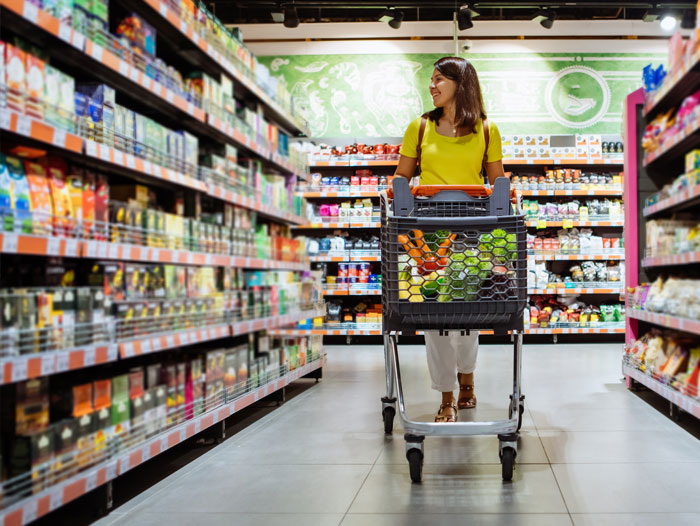Supercomputer Modeling Tests How COVID-19 Spreads in Grocery Stores
April 10, 2020 | 1 min to read

In the COVID-19 era, many people are treating simple activities like getting gas or groceries with caution as they try to heed social distancing mandates and protect their own health. Still, significant uncertainty surrounds the relative risk of different activities, and conflicting information is prevalent. A team of Finnish researchers set out to address some of these uncertainties by running supercomputer simulations of how pathogens like COVID-19 spread in spaces like grocery stores.
The researchers hailed from four different organizations: Aalto University, the Finnish Meteorological Institute, the VTT Technical Research Centre of Finland and the University of Helsinki. First, they modeled a space with aisles between shelves, emulating the design of a typical grocery store. Then, they introduced human figures, one each in two adjacent aisles.
Then, they made one of them “cough,” spraying a cloud of aerosol particles smaller than 20 micrometers in front of them. The researchers observed how these particles – which move along air currents or linger in the air instead of sinking – moved throughout the simulated space.
To read the rest of the story, please go to: HPC Wire
